Q&A with Harry Bowers

When and why did you first have the idea to photograph things under glass?
Creative concepts just occur to creative people - It was just an idea! The photographs have a painterly quality controlled by both myself, and the flattened picture plane. I suppose I liked the power this grants me.
How would you describe your work to someone who hasn’t seen it?
My work is concerned with the painterly rather than photographic. I am not a documentary photographer. The work has no perfect moment; I control everything. Oh, and there are definite sexual overtones - subtle, but definite.
What is it about empty clothing that fascinates you?
The wonderful prints, the colours and everything that is already there for me to work with. I get given a head start with a fabulous pattern from another artist or designer – I combine this with others and create something of my own. Also, my mother was a fashion designer and all the clothes I use belong to my wife – there’s probably something in that.
As a pioneer in the development of digital printing would your work have been possible fifty years ago?
Not at all. For the W* shoot we used a gigantic negative and a hugely expensive digital camera – to have achieved the incredibly high quality and resolution of the photographs would simply not have been possible.
How do you feel your photography has changed throughout your career – is it more to do with technological than creative development?
Whilst my background is predominantly artistic, I also have a degree in engineering physics. Both my left-brain and right-brain are constantly working, if I dream something up, I can make it myself. To achieve the level of quality that I want, I can’t just use a camera from a store. I have to build it myself!
What effect does the extremely high resolution in which your photographs are printed have on the final image?
The objects in my photographs are life-sized or slightly larger. My photographs look like the real thing – there’s no way you could doubt that they are the real thing, you cannot see that they are photographs.
Is there a limit to the quality of printing that the human eye can appreciate?
Receive our daily digest of inspiration, escapism and design stories from around the world direct to your inbox.
I think people are aware of print quality, people say ‘that’s a magnificent print, how is it made?’. The eye tells people it’s the real thing, whilst the brain is telling them that it’s a photograph.
Do you look closely at how people dress?
I follow fashion. I have closets literally full of clothes. I am a full-blown Comme des Garçons and Prada freak. I love clothes themselves as objects, and I also love the glossies – my love of fashion is how I discovered Wallpaper*.
Has your work affected the way you dress yourself?
I don’t think so. No. My interest in fashion is separate from my work. My love for fashion affects my work, my work does not affect my love for fashion.
Tell us something surprising about Harry Bowers.
(Asks his wife, Dot)…I like women’s clothing, I really like women’s clothing.
-
 Form... and flavour? The best design-led restaurant debuts of 2025
Form... and flavour? The best design-led restaurant debuts of 2025A Wallpaper* edit of the restaurant interiors that shaped how we ate, gathered and lingered this year
-
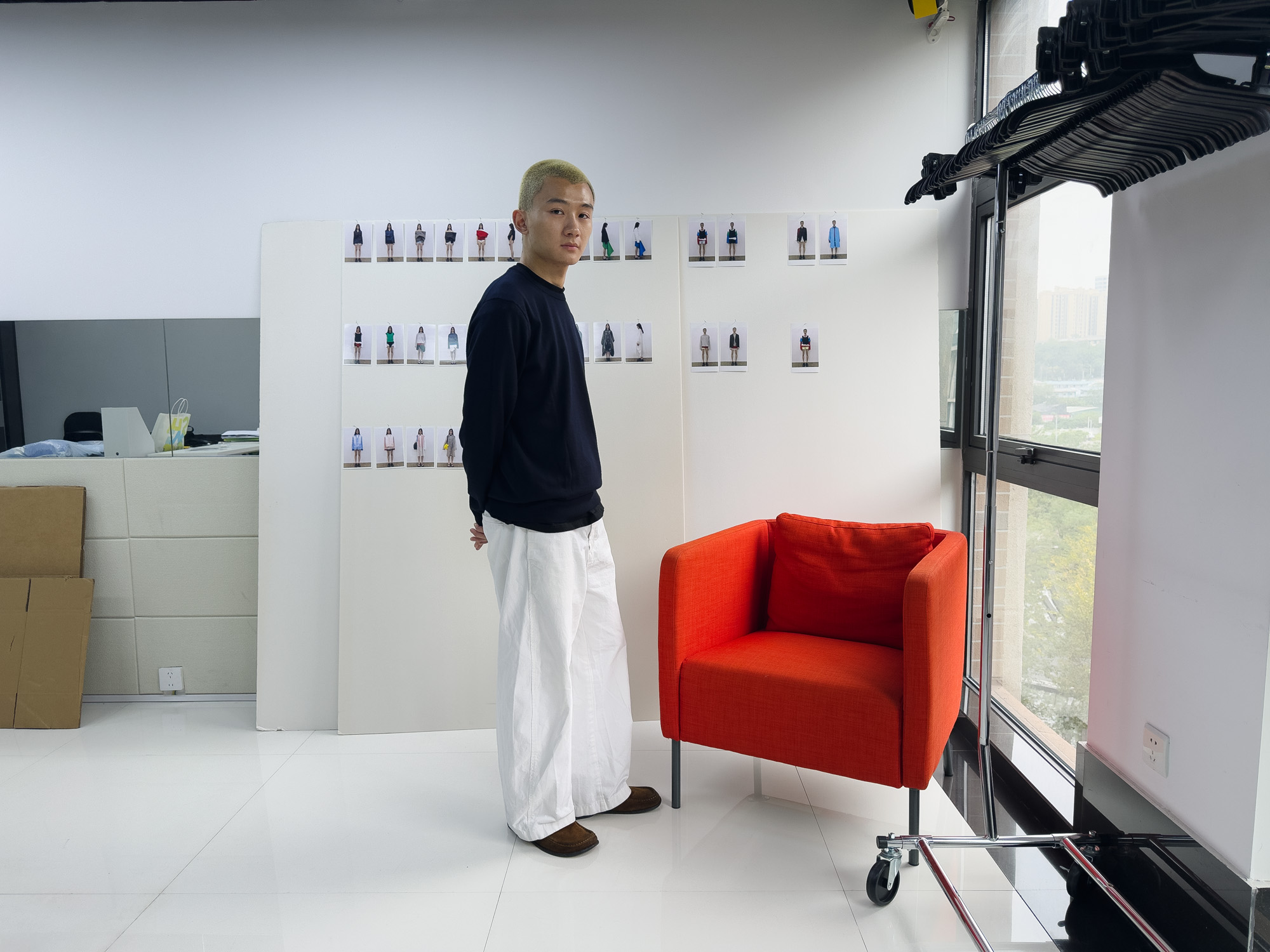 The rising style stars of 2026: Zane Li, fashion’s new minimalist
The rising style stars of 2026: Zane Li, fashion’s new minimalistAs part of the January 2026 Next Generation issue of Wallpaper*, we meet fashion’s next generation. First up, Zane Li, whose New York-based label LII is marrying minimalism with architectural construction and a vivid use of colour
-
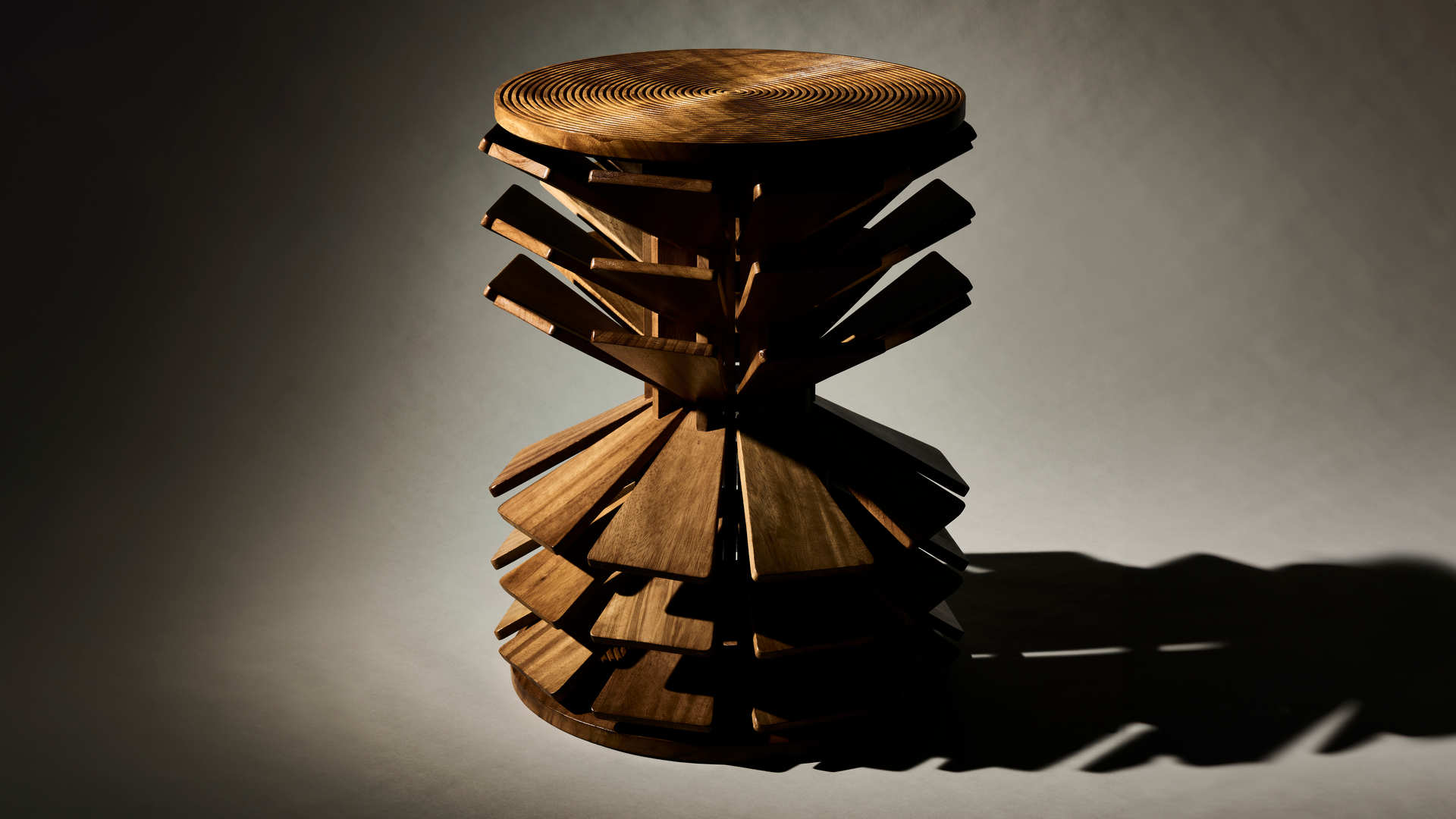 The work of Salù Iwadi Studio reclaims African perspectives with a global outlook
The work of Salù Iwadi Studio reclaims African perspectives with a global outlookWallpaper* Future Icons: based between Lagos and Dakar, Toluwalase Rufai and Sandia Nassila of Salù Iwadi Studio are inspired by the improvisational nature of African contemporary design
-
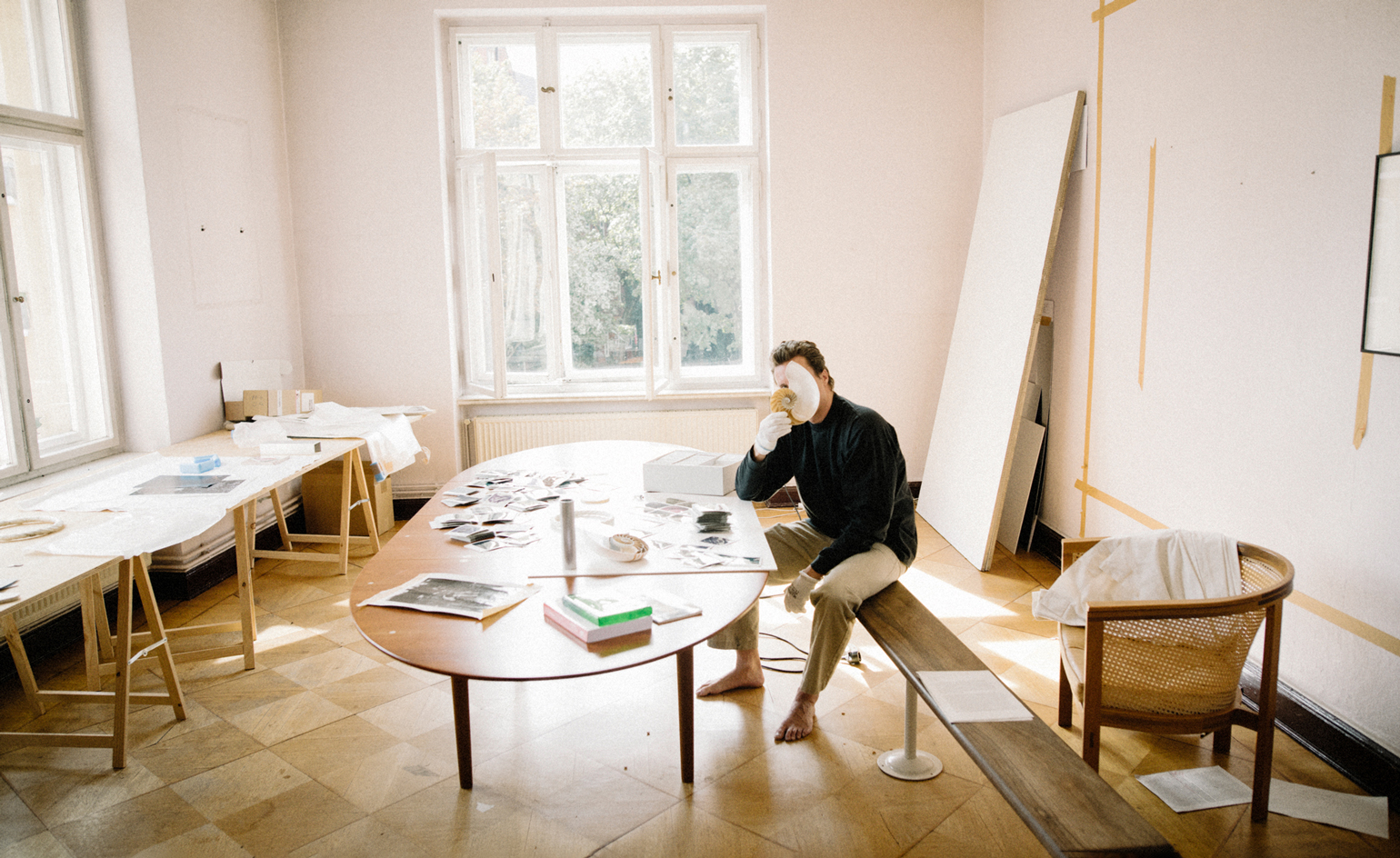 Cyprien Gaillard on chaos, reorder and excavating a Paris in flux
Cyprien Gaillard on chaos, reorder and excavating a Paris in fluxWe interviewed French artist Cyprien Gaillard ahead of his major two-part show, ‘Humpty \ Dumpty’ at Palais de Tokyo and Lafayette Anticipations (until 8 January 2023). Through abandoned clocks, love locks and asbestos, he dissects the human obsession with structural restoration
-
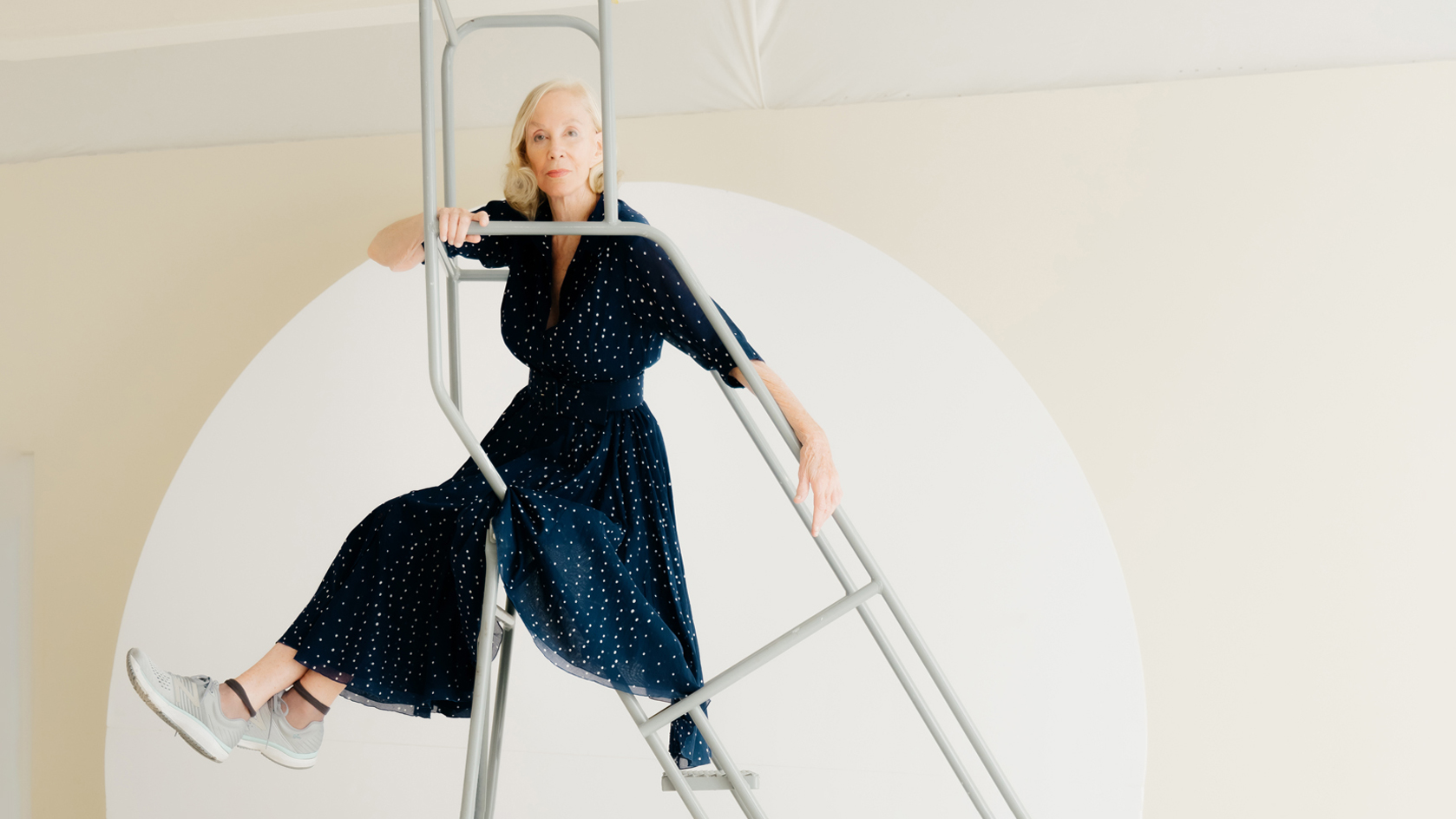 Year in review: top 10 art interviews of 2022, chosen by Wallpaper* arts editor Harriet Lloyd-Smith
Year in review: top 10 art interviews of 2022, chosen by Wallpaper* arts editor Harriet Lloyd-SmithTop 10 art interviews of 2022, as selected by Wallpaper* arts editor Harriet Lloyd-Smith, summing up another dramatic year in the art world
-
 Yayoi Kusama on love, hope and the power of art
Yayoi Kusama on love, hope and the power of artThere’s still time to see Yayoi Kusama’s major retrospective at M+, Hong Kong (until 14 May). In our interview, the legendary Japanese artist vows to continue to ‘create art to leave the message of “love forever”’
-
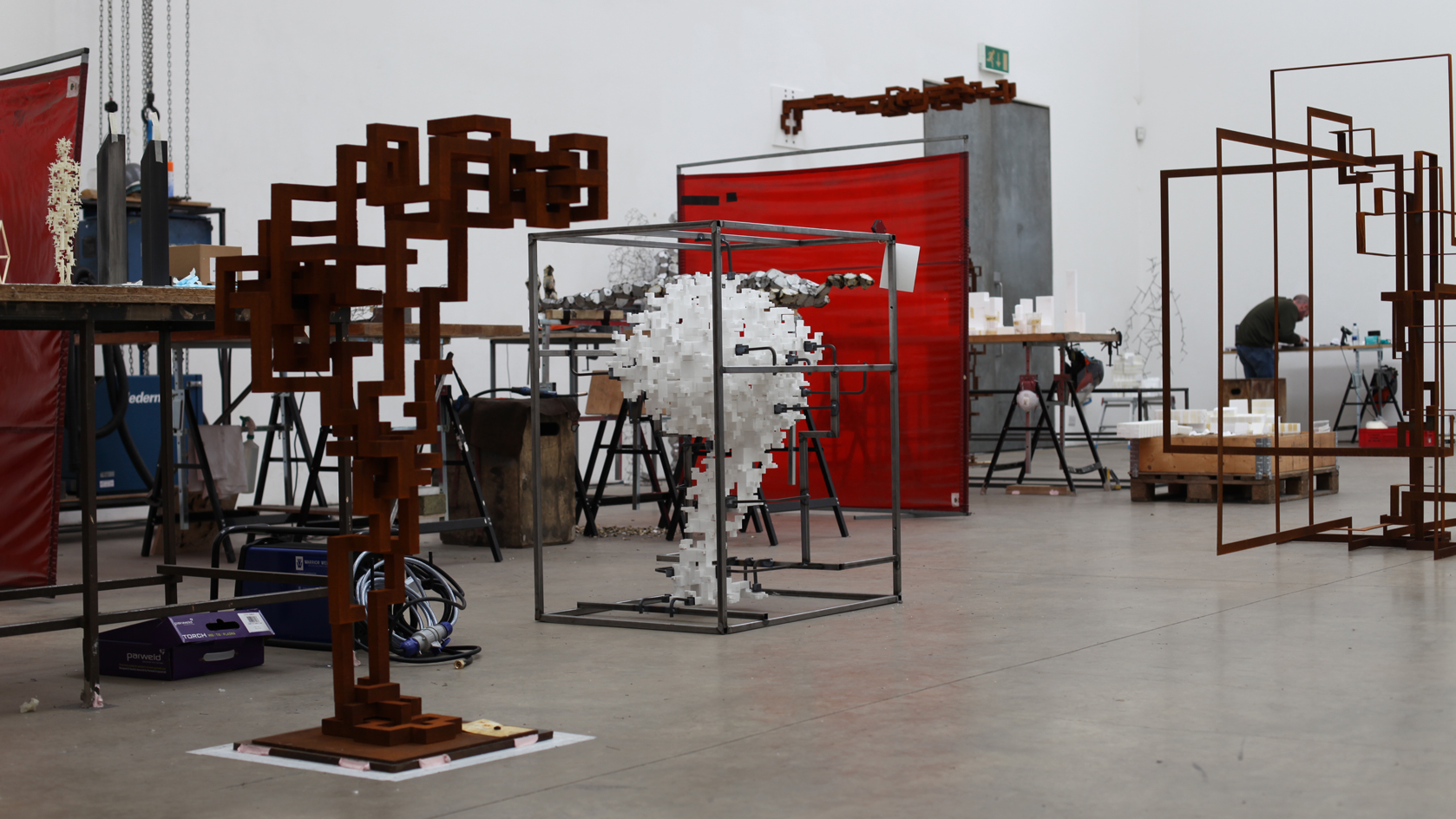 Antony Gormley interview: ‘We’re at more than a tipping point. We’re in a moment of utter crisis’
Antony Gormley interview: ‘We’re at more than a tipping point. We’re in a moment of utter crisis’We visit the London studio of British sculptor Antony Gormley ahead of his major new show ‘Body Field’ at Xavier Hufkens Brussels
-
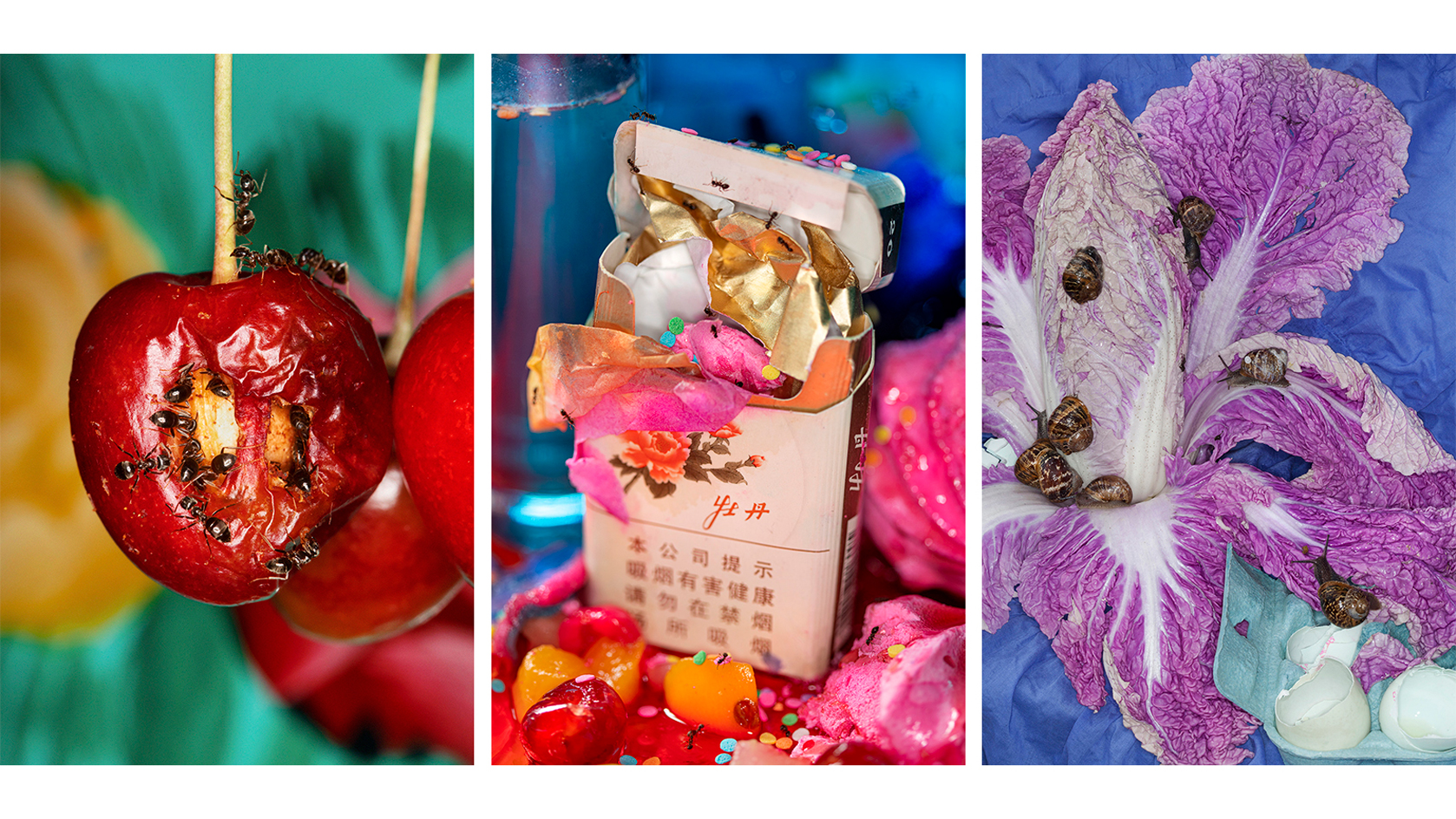 Photographer Maisie Cousins on nostalgia, impulsive making and ‘collecting useless things’
Photographer Maisie Cousins on nostalgia, impulsive making and ‘collecting useless things’Explore the vision of British artist Maisie Cousins in ‘Through the lens’, our monthly series spotlighting photographers who are Wallpaper* contributors
-
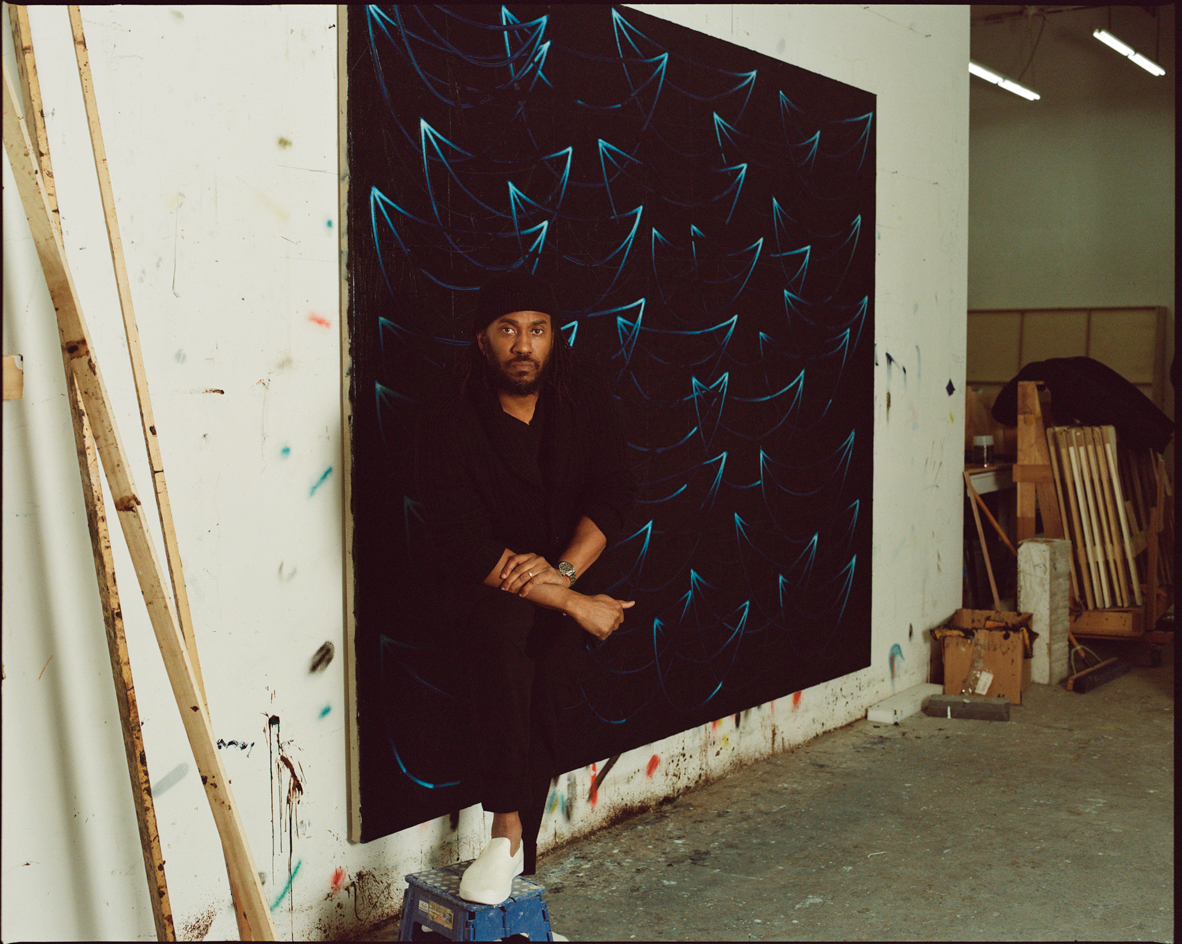 Rashid Johnson in Menorca: a journey through migration, longing and togetherness
Rashid Johnson in Menorca: a journey through migration, longing and togethernessWe visited Rashid Johnson’s Brooklyn studio ahead of the artist’s show at Hauser & Wirth Menorca, which contemplates drift – physical and emotional
-
 Step inside the kaleidoscopic universe of Pipilotti Rist
Step inside the kaleidoscopic universe of Pipilotti RistSwiss artist Pipilotti Rist, who headlines Wallpaper’s November 2022 issue, has transformed the way we see, with a poetic yet playful practice spanning three decades. Here, and in a special portfolio, she reveals how she has liberated video art from its conventions, imbued the digital realm with emotion, animated public spaces, and harnessed the healing powers of colour
-
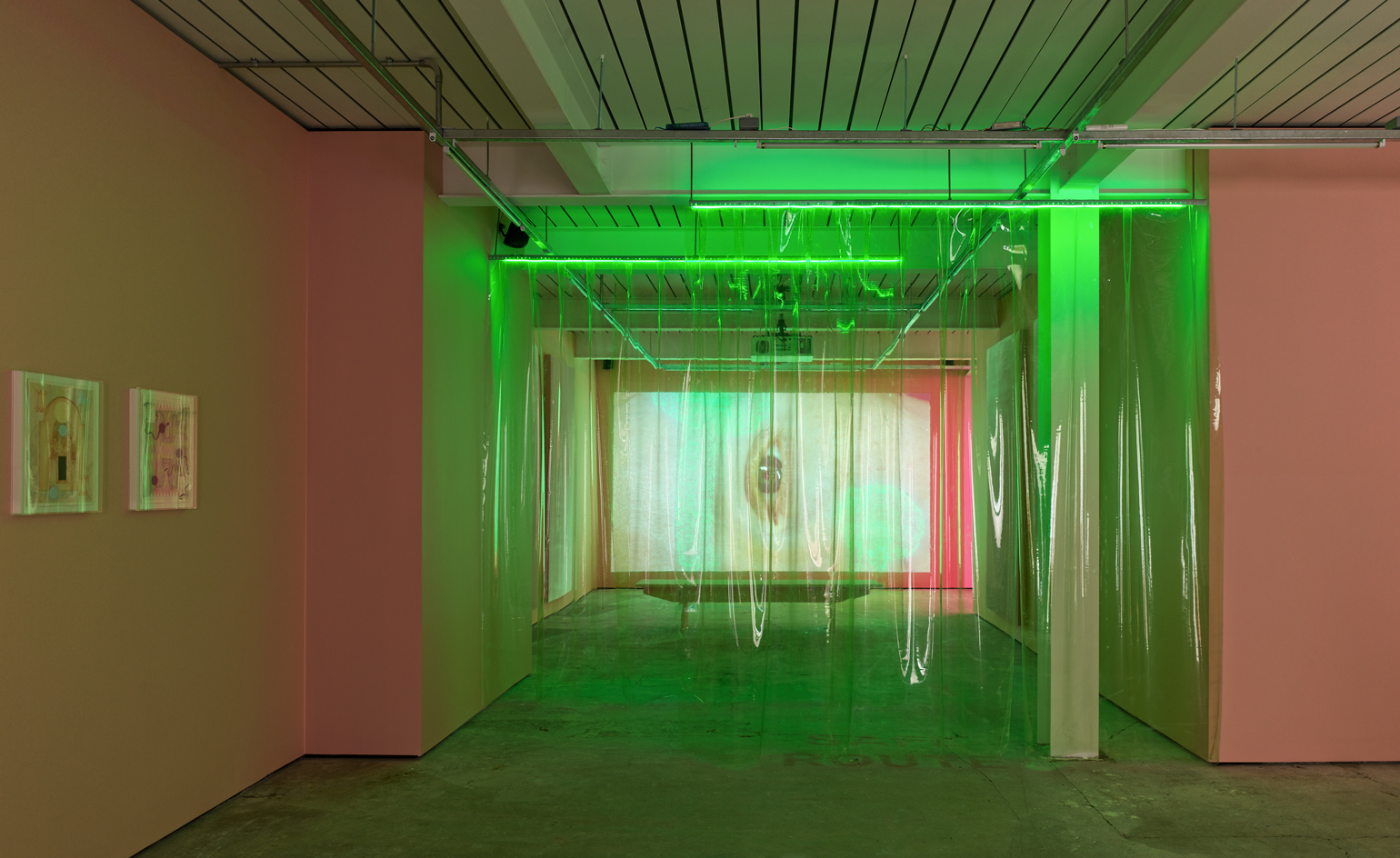 Gathering: the new Soho gallery blending art and social activism
Gathering: the new Soho gallery blending art and social activismGathering, the newest gallery resident in London’s Soho, will focus on contemporary art exploring systemic social issues. Ahead of Tai Shani’s inaugural show, we speak to founders Alex Flick and Trinidad Fombella about their vision for the gallery